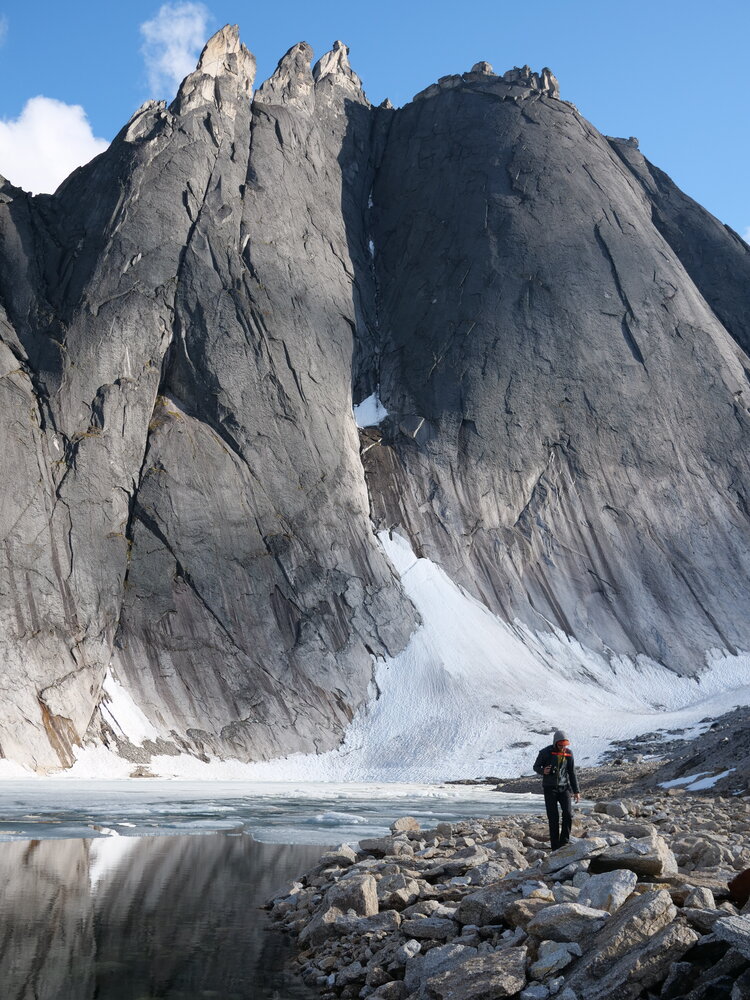
I tend to call the winning ideas from my grant “adventures” rather than “expeditions” because I don’t like to throw around the term “expedition” lightly. Like the word “epic”, I think it gets over used and there is a risk of diluting its meaning.
Grant winners Wyatt Stevens and Tully Henke recently completed an epic expedition.
Two month-long hikes in Arctic Russia, carrying over 40kg of supplies and going 40 days without seeing another human being.
That is an expedition.
Wyatt’s written an overview of their trip for this website and I’ve taken a few extracts from his and Tully’s blog below.
If nothing else, make sure you read the last couple of paragraphs about the wolves and caribou…
[one_sixth]–[/one_sixth]
[two_third][box]
The Next Challenge Grant
Tully and Wyatt’s trip was supported by The Next Challenge Grant, an annual bursary for aspiring adventurers.
It’s funded by me – Tim Moss – several other adventurers and crowdfunded public donations.
Since 2015 it has supported 50 different expeditions with awards from £50 to £800.
[/box][/two_third]
[one_sixth_last]–[/one_sixth_last]
The Chukotka Project: Backpacking through the Far East Russian Arctic
Words by Wyatt Stevens
Photos by Tully Henke and Wyatt Steves
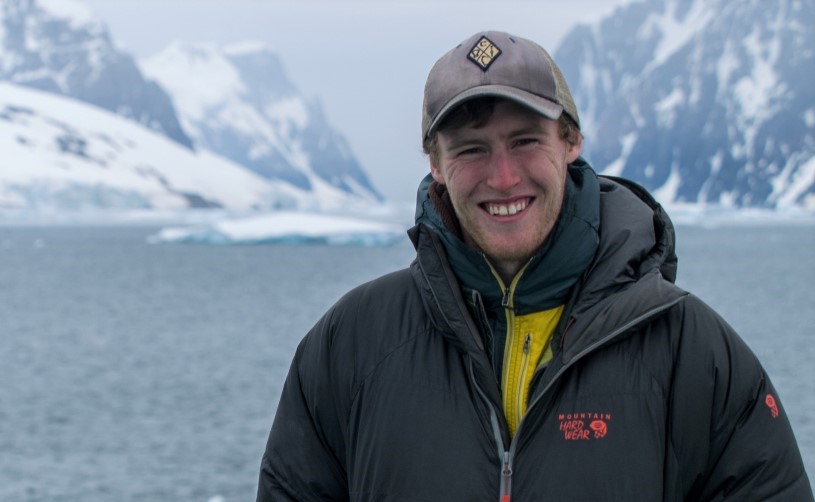
Why?
It is the question we hear most often and yet answering it is one of the hardest parts of an adventure like this. It is one that I struggle to put on paper because I am constantly reevaluating the answer for myself
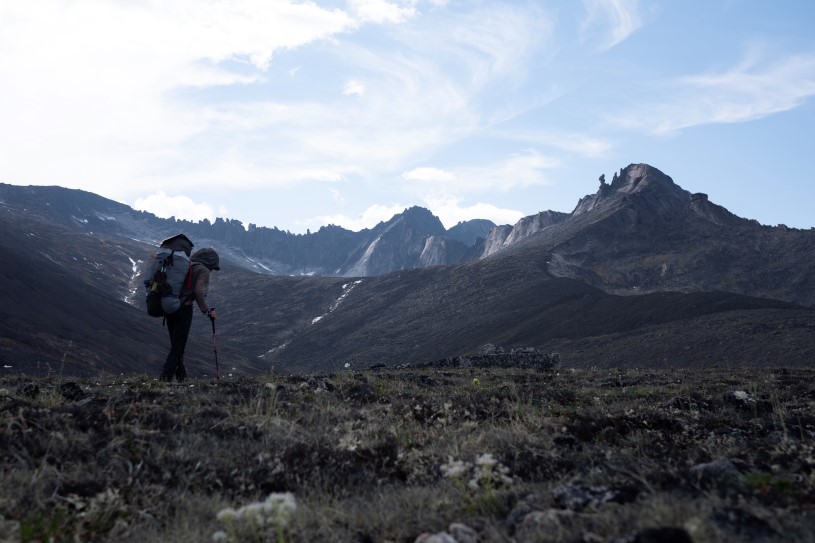
What?
The ‘what’ of it all was a little more straightforward.
It was the culmination of a strange dream, the realization of a crazy idea that morphed into a logistically sound expedition: we wanted to backpack through the Russian Arctic.
It was simple in some ways, only a directive to walk with packs for many, many days. In the end we spent 36 days backpacking through Chukotka Autonomous Okrug (split into a 23 day and 13 day loop) far above the Arctic Circle, and another 40 days in the more southern region of Magadan Oblast.
We walked some 920 kilometers off-trail and entirely unsupported. This all meant that at times we were carrying up to 95lbs of gear and food and were slowly trudging 5km a day through rain, bogs and rivers. At other times we had only 25lbs in our packs and we were flying across 25-30km of alpine tundra before reaching camp.
It meant that we went 40 days without seeing another soul. It meant we saw massive rock walls, sweeping valleys of lichen and moss, Arctic wolves, brown bears, and indescribably beautiful streams. It meant we hit the limits of our mental and physical capacity for suffering on more than one occasion. It meant we had built for ourselves a truly challenging objective.
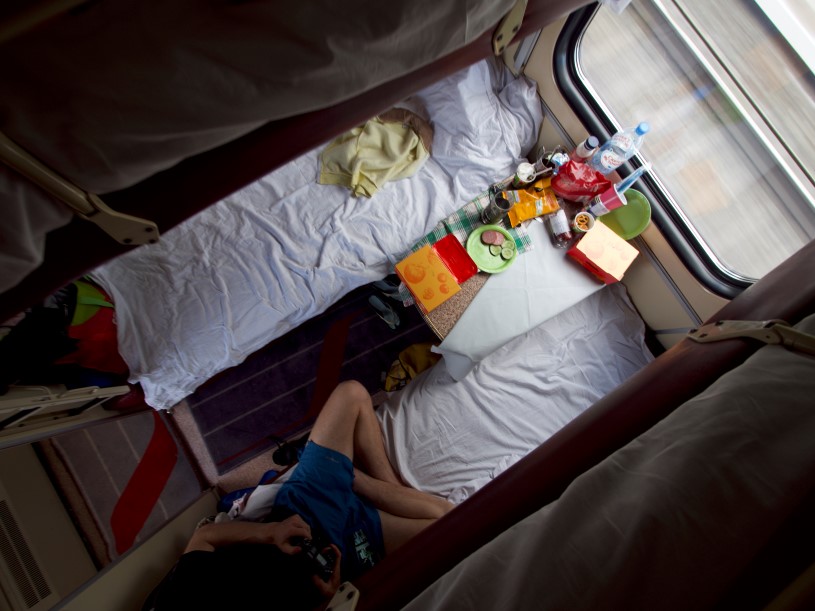
How?
The ‘how,’ took almost a full year to figure out. From visas, to the hyper-specifics of our diet, to the many planes, trains, and automobiles it takes to reach this far corner of Russia, it was a preparation heavy trip.
In truth though, all our preparations still left us with a blank slate. Despite all the research we put into this trip, what remained was a world of possibility when we actually set foot in the Far East.
We arrived in Chukotka hoping for the best, and found ourselves hopping between one unexpected change in plans to the next. We met dozens of curious, kind and energetic people who ushered us into their communities and a culture that was as foreign as it was inviting.
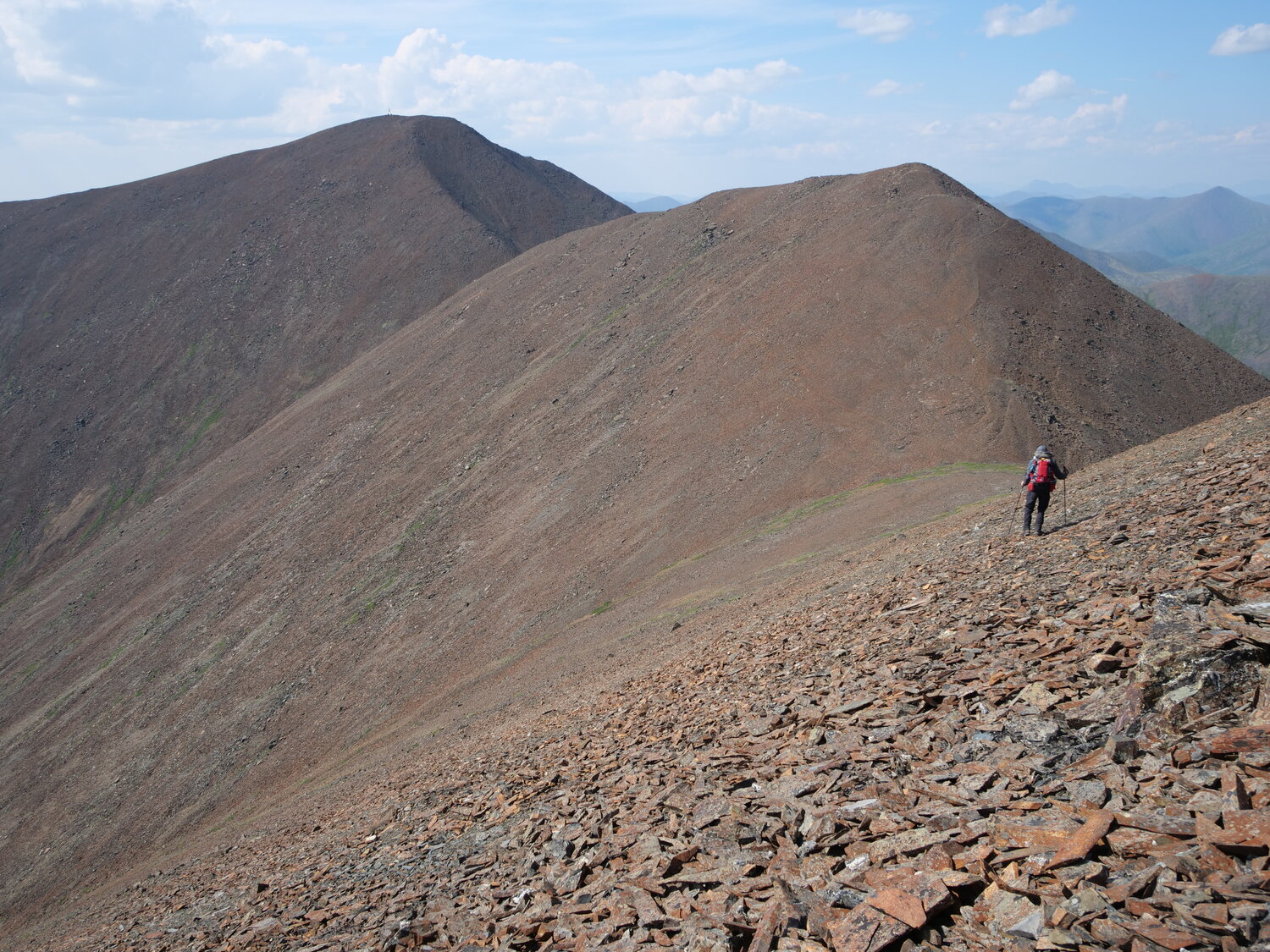
We spent a couple days rafting down a river with a ragtag flotilla of Russians – days filled with permafrost cutbanks, Russian folk songs, and yes, vodka.
We took deep breaths in the backcountry, where our days simplified and became easier to anticipate, physically and mentally demanding as they were. And we were then reinspired by the unexpected twists and turns of this long adventure when we found ourselves unexpectedly back in Magadan heading into the second half of our summer with open minds and the opportunity to explore new mountains.
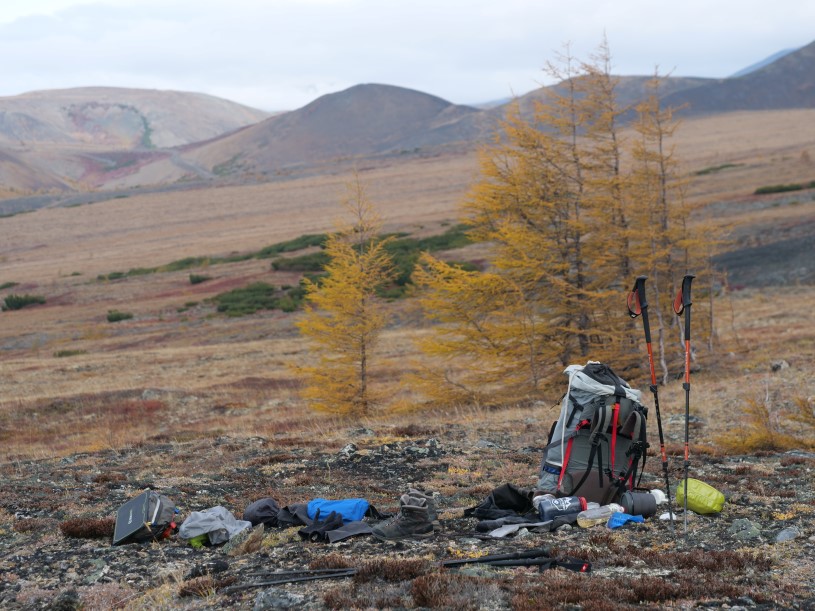
Who?
The ‘who,’ began as just my university buddy Tully and myself.
Eventually we were honored to include in that team our generous sponsors and supporters, including the Next Challenge Grant.
Still, when it came time to leave, we did so with few contacts and the expectation that we would be largely self-sufficient for our months abroad. We were proven happily wrong.
In reality, the ‘who’ of this trip became a story of the kindness and generosity of strangers, and of new friends. We met people, by chance and dumb luck, without whom our trip would have felt empty and likely failed entirely. People who housed and fed us, who translated complex questions, and offered us the infinitely valuable support of a familiar face at the end of a long stretch of backpacking.
In all, it was a solid reminder that there is little that can be accomplished in isolation. On that note, we would like to extend a heartfelt thank you to the contributors to the Next Challenge Grant, whose financial support helped to make this dream a reality. We are grateful for and at times even baffled by the amount of support that we were shown in this whole process.
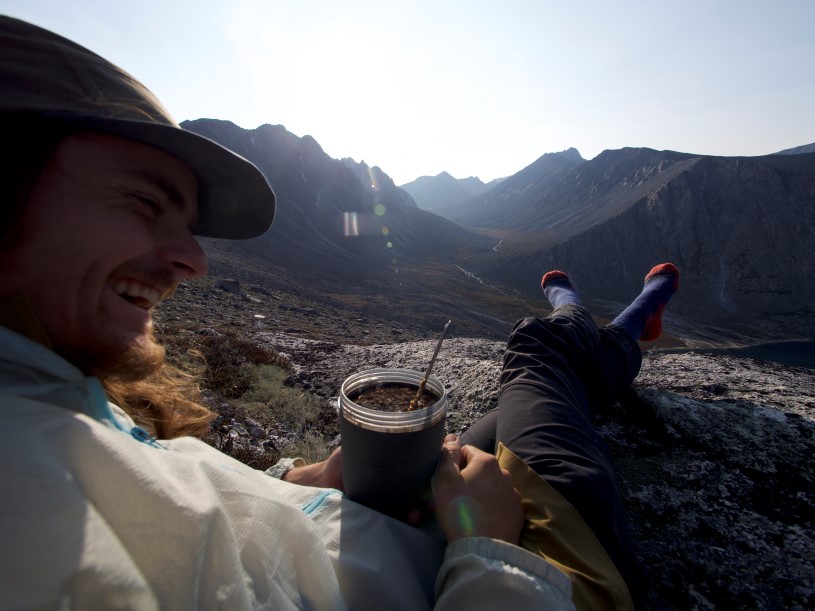
The best laid plans
Even with such support, and our best laid plans, our time in Russia was a lesson in the mutability of plans. It was a lesson in the value of flexibility, in the wild surprises and realities of traveling, and in the impossibility of knowing beforehand the depth of the challenges we set before ourselves.
Finding an answer to ‘why’ is still too hard. It was the question we encountered most often from the start. Yet, save for old standbys and cliches, I still fail to answer it.
It was, however, not a question that came to mind when we stood face to face with three hundred caribou. Or when the aurora borealis danced in concert with the Milky Way above us. Or in all the quiet in-between. Or when we laughed ad absurdum through our shivering with numb hands and wooden toes as the tent bowed to the sleet and wind of the high mountains. Or in a myriad of other moments that still resonate in my mind… so maybe that’s enough of an answer.
Updates from the field
The following passages have been extracted/adapted from Tully and Wyatt’s blog: www.summerinchukotka.com
Preparations
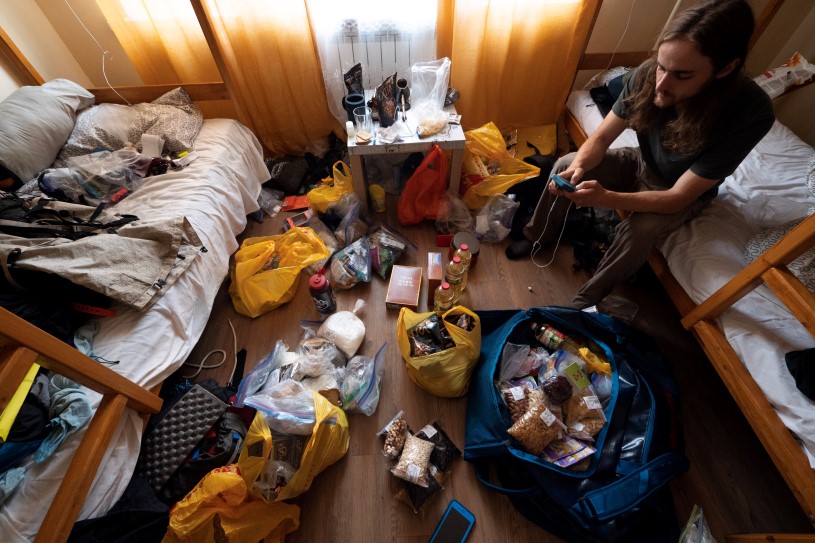
Prepping for a trip like this is a layered task. Each stage in the trip planning and logistics is a vital part of giving ourselves the best chance of a successful trip. It is the part that I think Tully and I love the most (besides the actual backcountry travel). It takes a certain analytical, detail oriented, gear-head kind of brain to start 20 different spreadsheets (yes, literally 20), and then methodically weigh every item down to the needles in the sewing kit. Luckily, we both drop easily into that mindset, and bring a different energy to it, too.
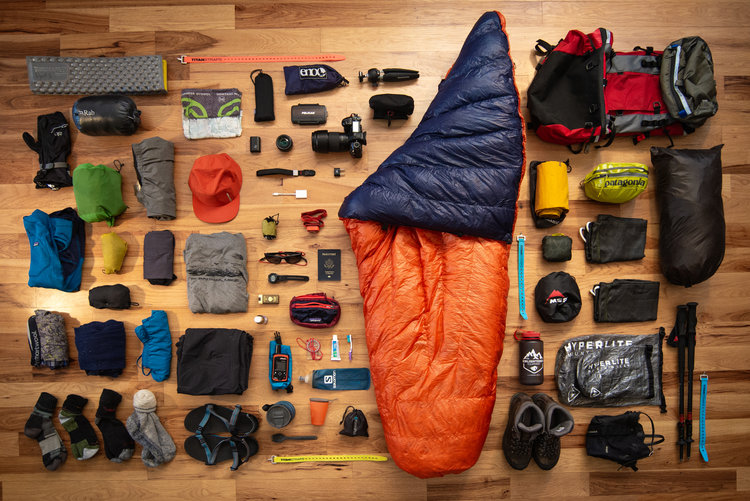
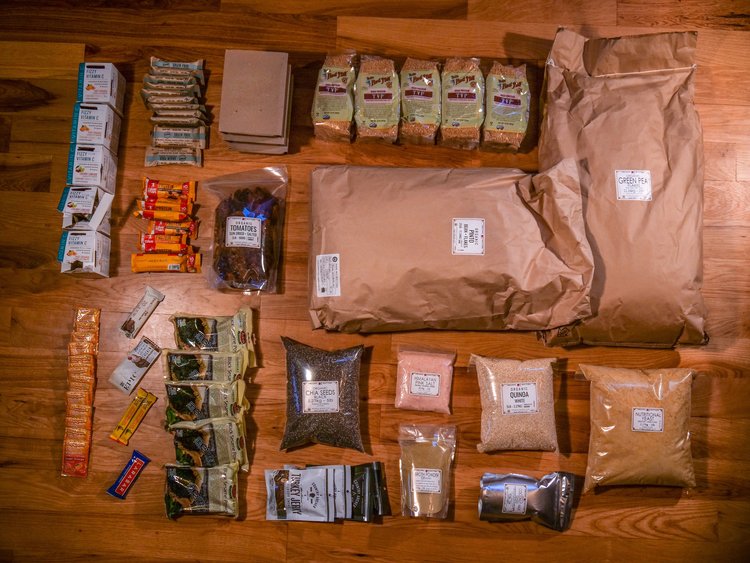
The first loop
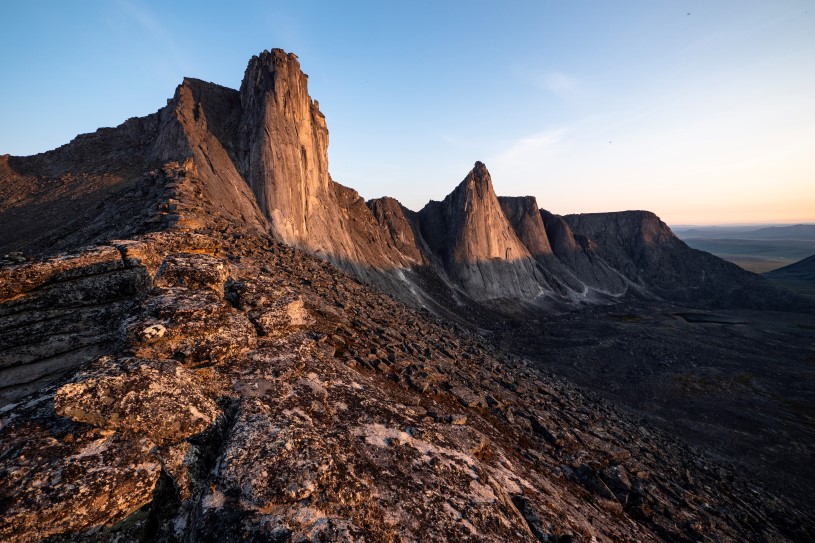
We’ve just made the major river crossing of our first loop. The fact that our InReach weather report has informed us that the temperature has been dropping into the 30s (Fahrenheit, around 0C) has assured our current sipping of tea and rapid retreat to our quilts.
The last week has held a treasure trove of wonders. From the clean granite walls, spires, couloirs and other odd ridge-top shapes; to rolling mountains and treeless tundra transfixed in constant twilight; and a smoother landscape of rounded mountains covered in an endless amount of texture and color that tricks and transfixes the eyes.
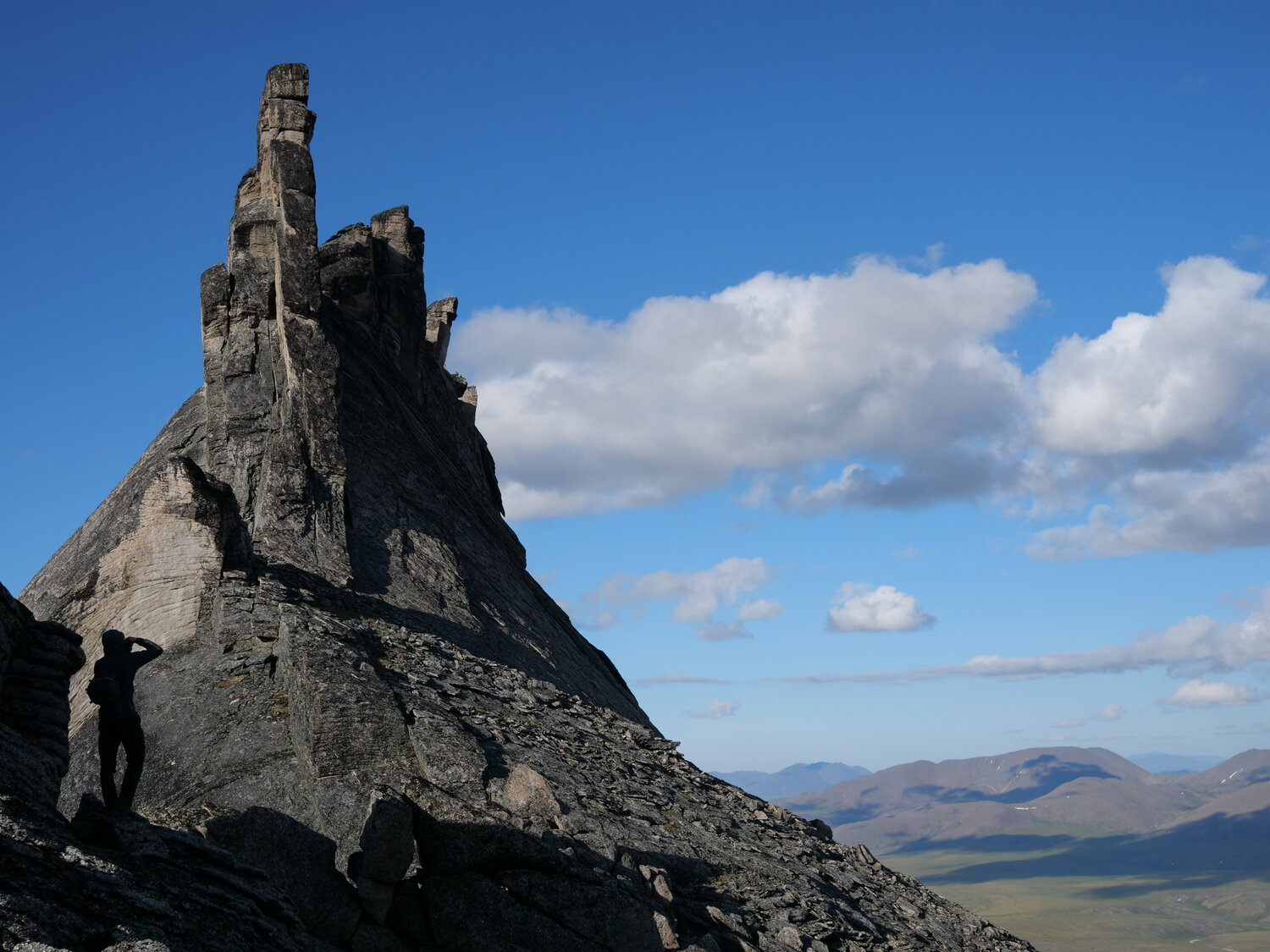
A few days of rain has led to the high waters we waded through today as well as to a murkiness that extends from the runoff into the sky. Promises by locals of July snowstorms have only narrowly missed us even on the first day of the month as we awoke to dustings of snow on the slopes above us.
The final week of this loop will no doubt continue to hold both wonders and surprises and I know that with each one our bodies and minds become more and more in tune with this enchanting place we have chosen to both suffer and thrive in.
The miles fly beneath our feet
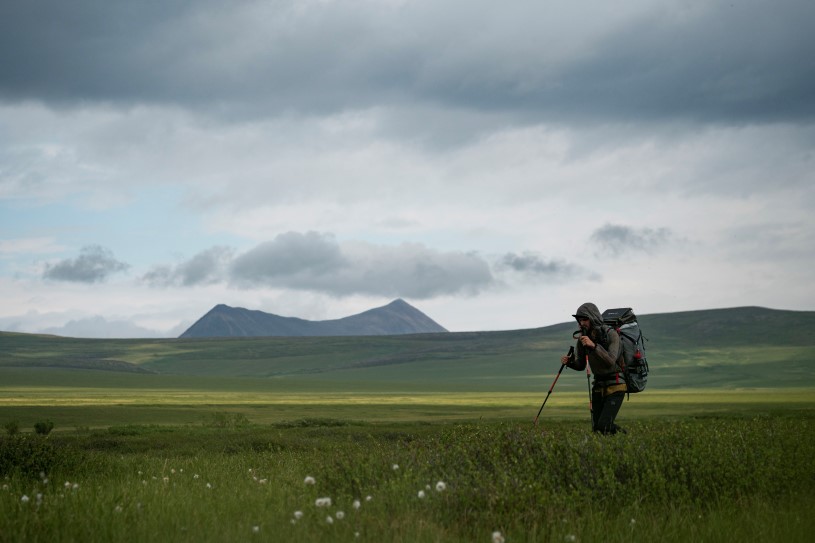
The theme so far this loop has been: push. After a relatively relaxed pace last loop (giving our bodies and minds time to settle into the long hours of hiking with a pack) we set out this route to cover more terrain, and to see what we were capable of.
Thus far we’ve exceeded our expectations at every turn. We’ve been putting down huge mileage days with surprising ease – we’ve done 78km in the last 3 days. Doing so has given us time to summit Tsirkov (the tallest peak on any of our maps), to see the stunning Upper Ilirney Lake and stay in a cabin on its shores, and to witness wild changes in the landscape around us.
Despite the surprise of cold-soaking all our meals (our fuel bottle was taken from where we’d stashed it outside Алсу’s apartment, so we’ve had all cold food) we’ve had some positive introductions to our diet – delicious cloud-berries and a few species of Vaccinium among them.
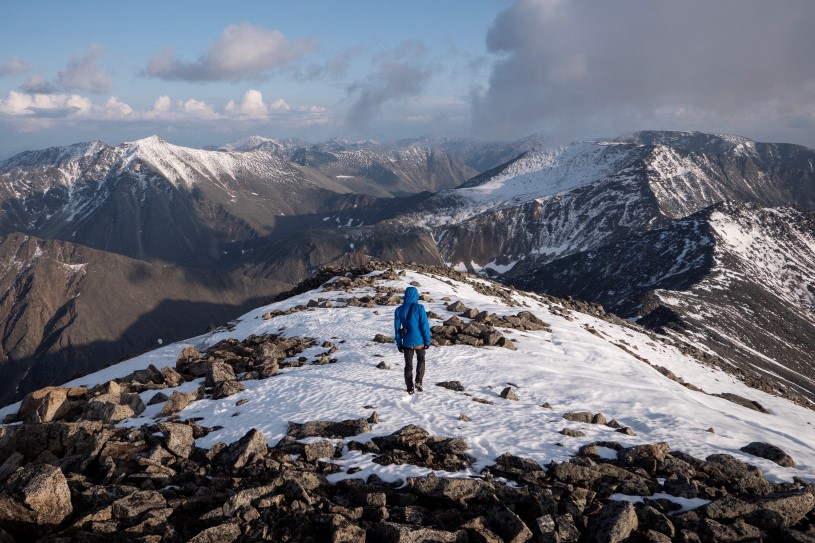
We also *finally* have seen more than prints and antlers of the caribou we seem to perpetually follow across the valleys, but still only a couple have shown up! Still yet to see the owners of the ubiquitous wolf and bear sign though.
All-in-all, we are feeling empowered by our successes and continued motivation to push each day.
The Unbelievable True Story of Caribou in Camp; and other wild encounters
Less than 24 hrs after our last update was sent out, a series of wildlife encounters unfolded that was so preposterous that sitting here writing this, even with my camera and Tully’s eyewitness as proof, it sounds fictitious.
8:01pm, Day 8
We’d settled in to our quilts early, having had a relatively short day (20km) up onto the high alpine plateau. I got out of the tent to pee and looked around, on the off chance I’d see something and this time, I did. ‘Tully! Wake up, quietly, wake yourself up quietly and get out here, there’s a herd of caribou!,’ I whisper-shouted to the tent. I’d spotted some 15 individuals just cresting onto the plateau using the same approach we had earlier that day.
To put it in context just how incredible this was already; after 32 days of hiking through Chukotka, Tully and I had seen a total of two solitary caribou, both of which were in the few days prior, both solo traveling youngsters. Besides them, the largest land mammals we’d seen were еврашка (ground squirrels). My hands shook in excitement as I mounted my telephoto lens to my camera.
As we frantically dressed, the herd grew, and by the time we were walking towards them, our estimated count had grown to 80, then 150, and by the time we returned, we agreed the herd had numbered at least 300 individuals. It was a spectacle.
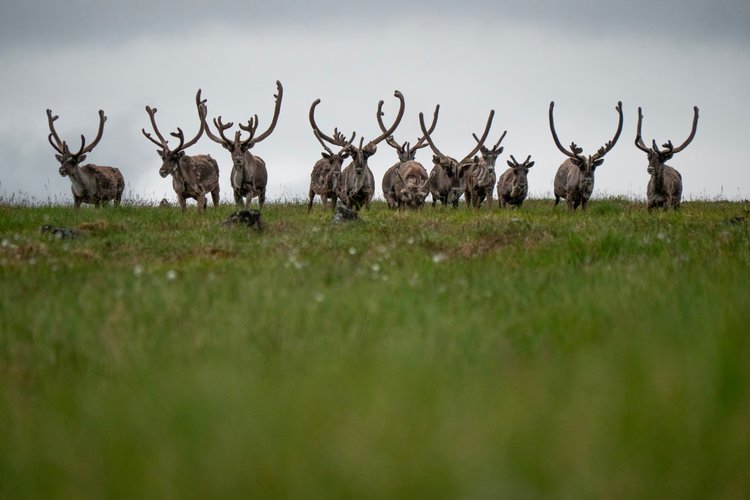
10:48am, Day 9
Suddenly, the bushes 5m ahead of me on the game trail exploded into life. Startled, I watched for a split second as the silver-green shrubs shook in a line away from me, expecting already to see a fox on the other side. Equally startled as I was by our proximity, a massive white wolf burst into the clearing only 10m farther along. I tried and failed to compose myself as I turned to Tully to confirm what I was seeing. The wolf didn’t stop but for a second to glance behind itself, then tore up the nearby ridge line as I fumbled with my camera. Failed to achieve any good results, but opted to watch instead. We stood as the the beautiful, healthy animal climbed rapidly up the steep incline and traversed out of sight a few minutes later. We’d made a mistake being so quiet, and I’d nearly stepped on a sleeping wolf for it. Luckily, despite our mutual adrenaline, neither party was harmed.

12:20pm, Day 9
As we crossed the creek, I said to Tully “If we see one more animal today, I think I’ll lose it.” Within a minute of that, my eye caught on the hillside. Staring down at us from maybe 200m away, was a brown bear. It was massive, fully grown with a ruffled hide.
The Chukotka Project
For more on the Chukotka Project – check out our website www.summerinchukotka.com, or find us on Instagram @wyattlane_photography and @tullyhenkephotography
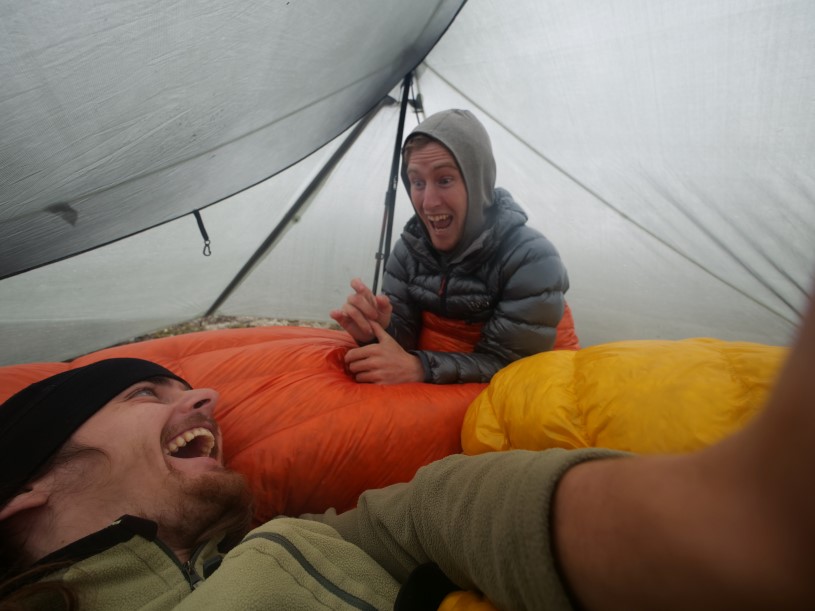
[one_sixth]–[/one_sixth]
[two_third][box]
The Next Challenge Grant
Wyatt and Tully received a £200 award from The Next Challenge Grant.
The money came from me, other adventurers and members of the public.
Do you have an adventure idea that you need help with?
[/box][/two_third]
[one_sixth_last]–[/one_sixth_last]
What do you think? Please do add your thoughts below…